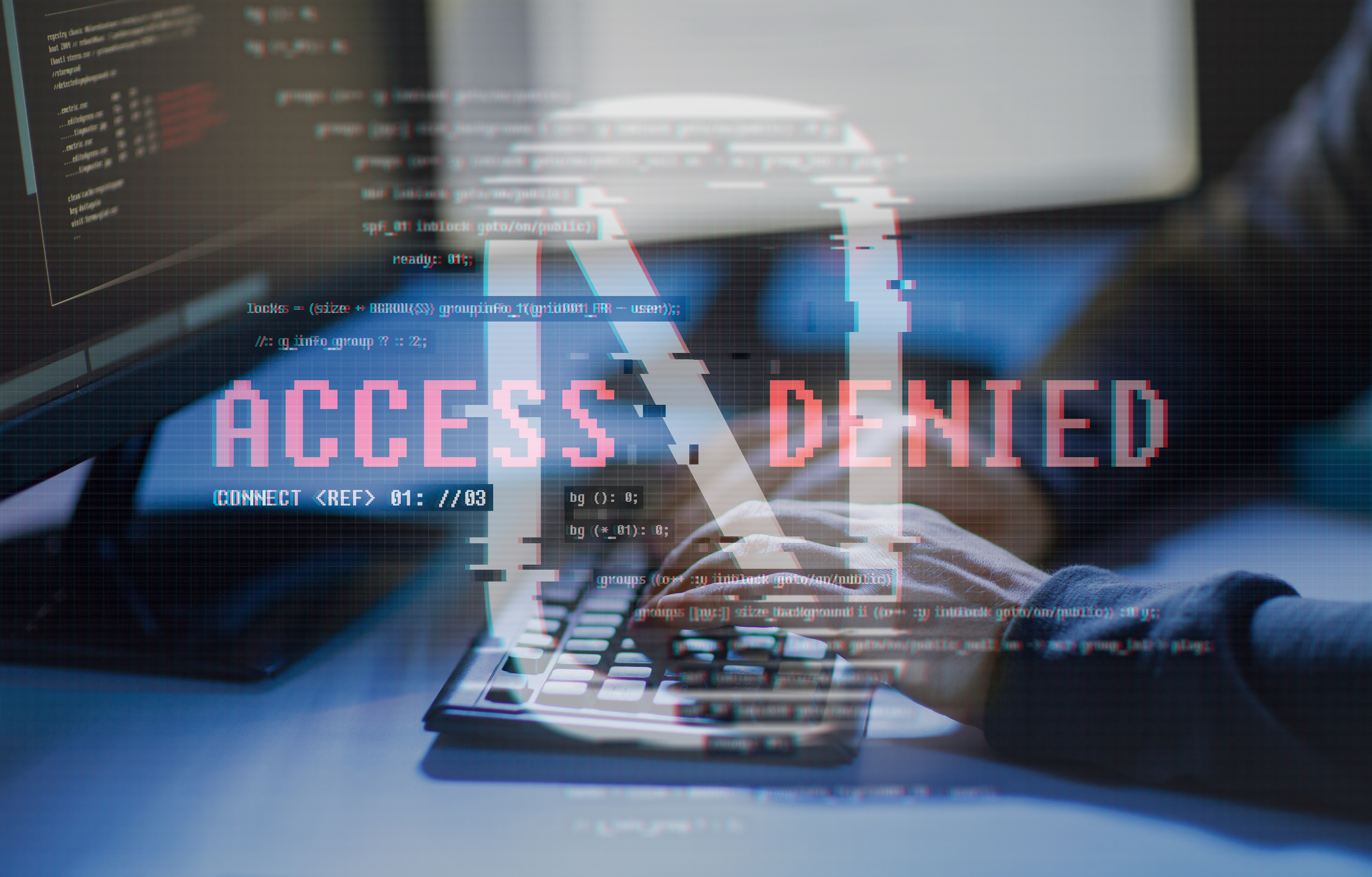The cyberattack that occurred through MOVEit Transfer has dominated cybersecurity news in recent weeks. The details are well known, at this point: The attack was first reported on May 27, 2023, and targeted a vulnerability contained in all versions of MOVEit Transfer prior to 2023.0.1. The vulnerability allowed attackers to inject malicious code via SQL injection into the MOVEit Transfer database; that malicious code could then be used to steal data or take control of the application.
Progress Software, the company that develops MOVEit Transfer, released a patch for the vulnerability on May 31, 2023. However, by that time the attack had already been exploited by cybercriminals to steal data from what is believed to be hundreds of companies. The cyberattackers then demanded payments from the impacted companies, under threat that without payment the hackers would publish sensitive information stolen from the compromised databases.
 The SQL injection attack on MOVEit Transfer is a reminder of the importance of cybersecurity for organizations of any size, from small school districts to EV charging solution providers fielding tens of thousands of connected EV charging stations. To harden your organization's defense against such threats, it is crucial to understand the significance of patching vulnerable software, of being able to distinguish actively exploited vulnerabilities from others, and of partnering with reliable security solutions for your networks and your connected devices.
The SQL injection attack on MOVEit Transfer is a reminder of the importance of cybersecurity for organizations of any size, from small school districts to EV charging solution providers fielding tens of thousands of connected EV charging stations. To harden your organization's defense against such threats, it is crucial to understand the significance of patching vulnerable software, of being able to distinguish actively exploited vulnerabilities from others, and of partnering with reliable security solutions for your networks and your connected devices.
Let's shed some light on these essential aspects of cybersecurity, including placing a strong emphasis the importance of customer engagement in obtaining comprehensive protection.
Not all software vulnerabilities pose an equal risk to your system. Some may be actively exploited by cybercriminals, while others may have a lower likelihood of exploitation. It is essential to differentiate between the two to optimize your cybersecurity resources effectively.
Actively exploited vulnerabilities are flaws in software that malicious actors are currently using or targeting to compromise systems. As these vulnerabilities are already under attack, they of course require immediate attention. Security teams must closely monitor vendor alerts, security advisories, and online forums to stay informed about emerging threats actively.
On the other hand, non-exploited vulnerabilities are still a concern but may not be a top priority. These vulnerabilities should not be ignored but can be addressed through regular patch cycles. By focusing on the actively exploited ones first, your organization can allocate resources efficiently and minimize potential damages.
In today's complex cybersecurity landscape, relying solely on internal efforts might not be enough. Collaborating with reputable security partners can significantly enhance your defense against exploits. Many industry-leading security solutions offer cutting-edge technology to safeguard your digital assets. (And this same technology is designed into our Sentinel platform, included as part of all Kajeet solutions.)
Next-generation firewalls (NGFWs) provide efficient control of incoming and outgoing network traffic. They offer advanced threat detection mechanisms to actively identify and block potential exploits. By analyzing network packets and traffic patterns, these firewalls can detect suspicious activities and take appropriate actions to mitigate threats effectively.Web filtering and content categorization technologies also help to protect your organization from web-based attacks, such as malicious URLs or phishing attempts. Comprehensive web filtering ensures your users adhere to acceptable usage policies, reduces the attack surface, and provides a safe browsing experience.
While investing in top-tier security solutions is essential, the journey to a secure environment doesn't end there. Keeping your software current with the latest updates and patches is a fundamental and vitally important part of cybersecurity, but this basic step is often overlooked or put off. Malicious actors know this and are quick to exploit known security flaws in software applications, making regular patching and updating a critical line of defense. Among the various software in your organization, services handling sensitive data -- personal data, financial data, etc. -- deserve special attention. Any vulnerability in these services could lead to severe and costly consequences.
Vendors behind these critical services play a crucial role in providing regular patches and updates to address vulnerabilities. They address specific vulnerabilities and strengthen the software's resilience against potential attacks. Failure to apply these patches promptly can leave your system susceptible to exploitation. Cybercriminals can target unpatched systems, infiltrate your network, and compromise sensitive information, potentially leading to financial loss, reputation damage, and legal repercussions. Thus, it is incumbent upon your organization to be proactive in monitoring these releases and incorporating them into your systems. Promptly applying the provided patches guarantees that your services remain secure and reliable.
In conclusion, safeguarding your organization from cyber exploits requires a proactive and multi-faceted approach. Prioritizing the patching of vulnerabilities in critical services is paramount, and understanding the distinction between actively exploited vulnerabilities and others enables you to allocate resources efficiently.
Furthermore, partnering with reputable cybersecurity companies that offer advanced security solutions adds an extra layer of protection to your digital infrastructure. However, this does not diminish the role of customer engagement in obtaining comprehensive protection. Embrace a proactive stance, stay informed, and take the necessary actions to defend your organization from evolving cyber threats successfully. By doing so, you can establish a robust cybersecurity foundation that empowers your business to thrive in today's interconnected world.
If that seems like a lot to keep up with to help ensure cybersecurity, it is -- and the bad guys know it, too. In our next post we'll take a look at how Sentinel, our management platform for connected devices, has the above security features designed and built in, and how that helps our customers stay secure in often-challenging digital environments.


